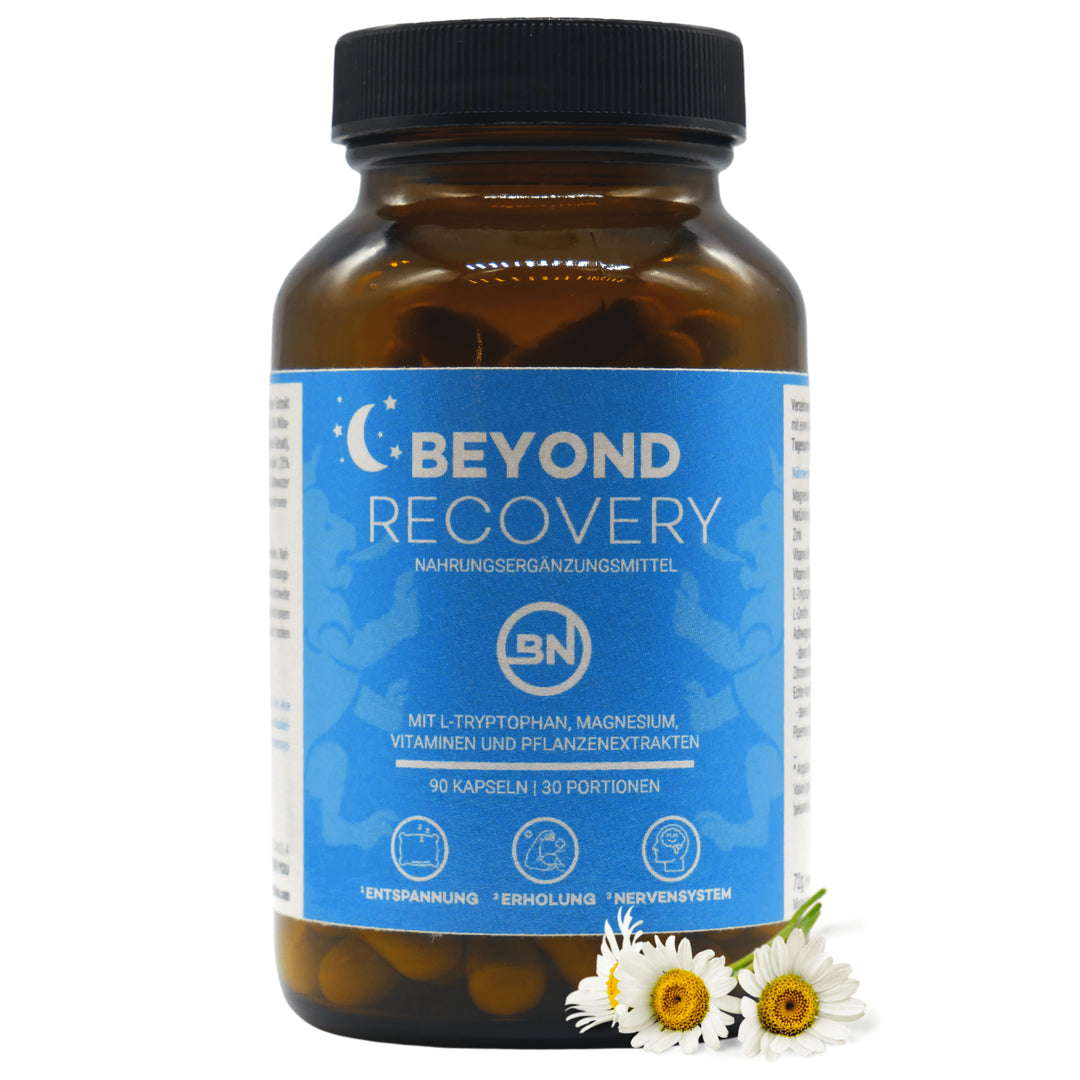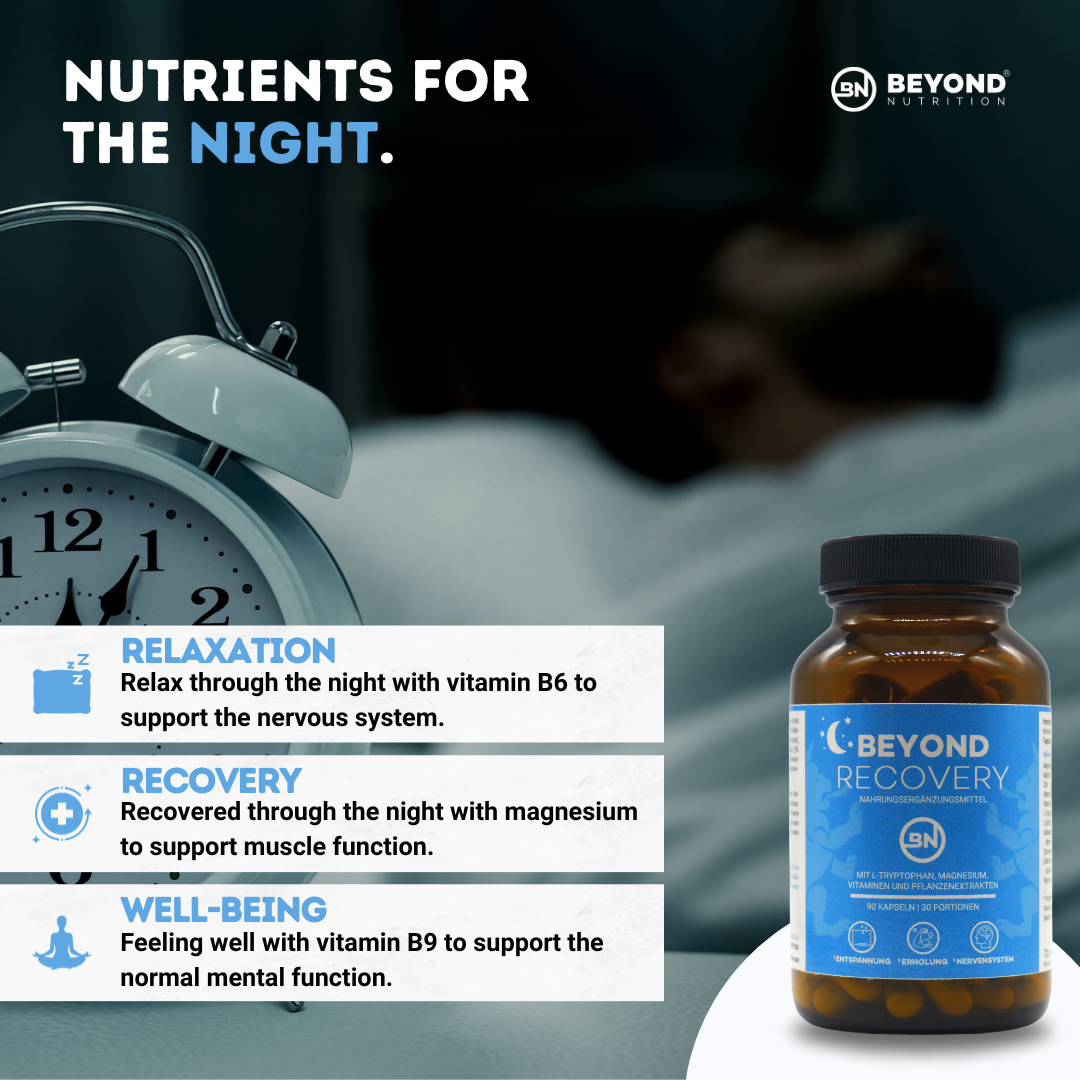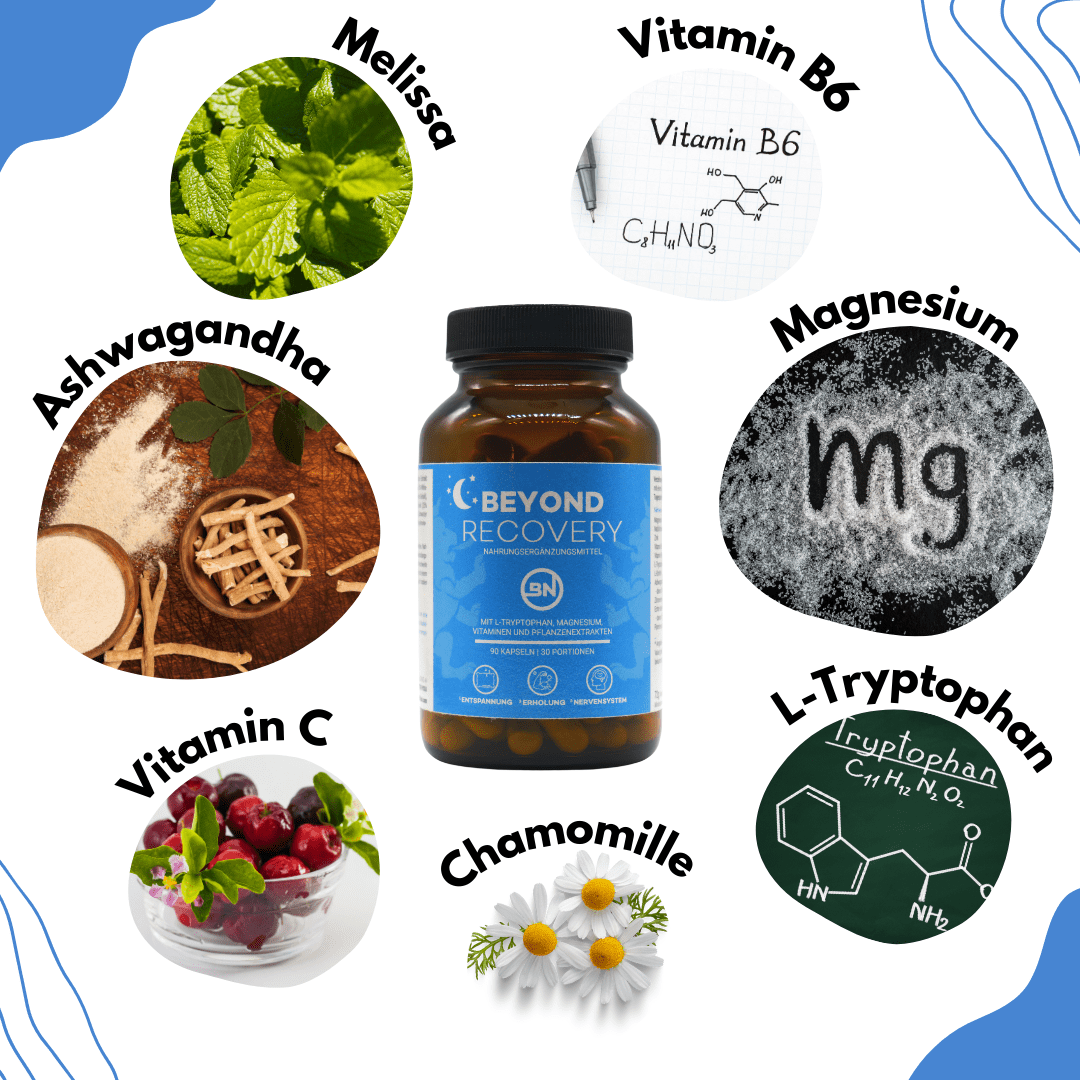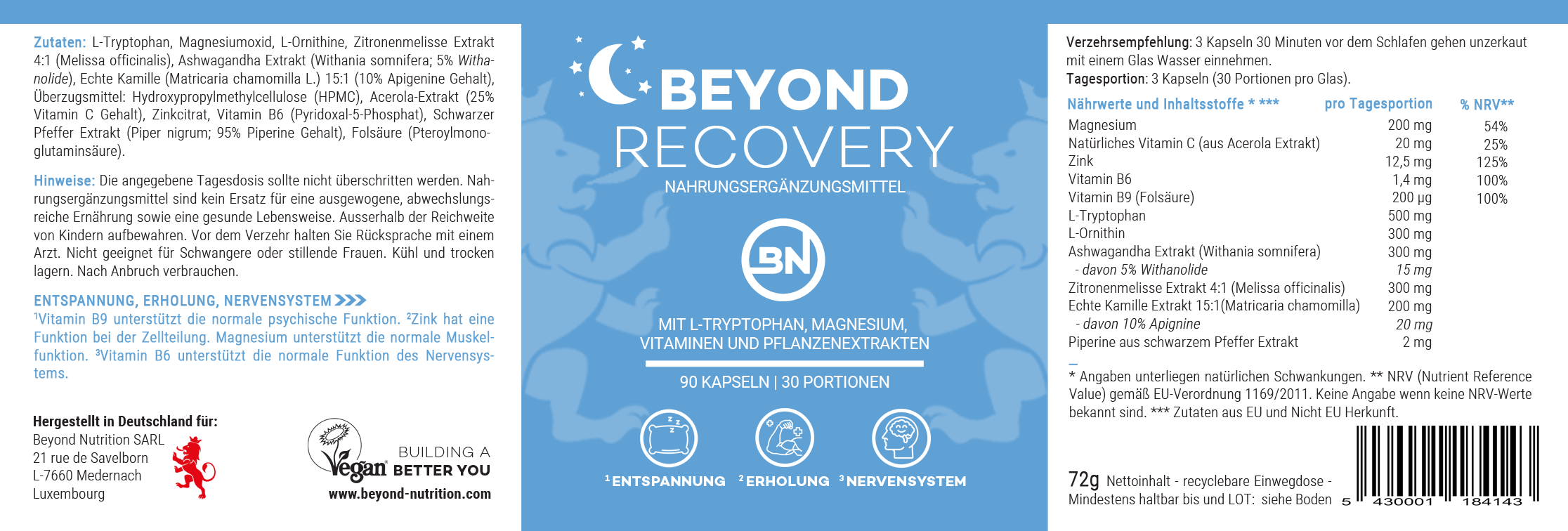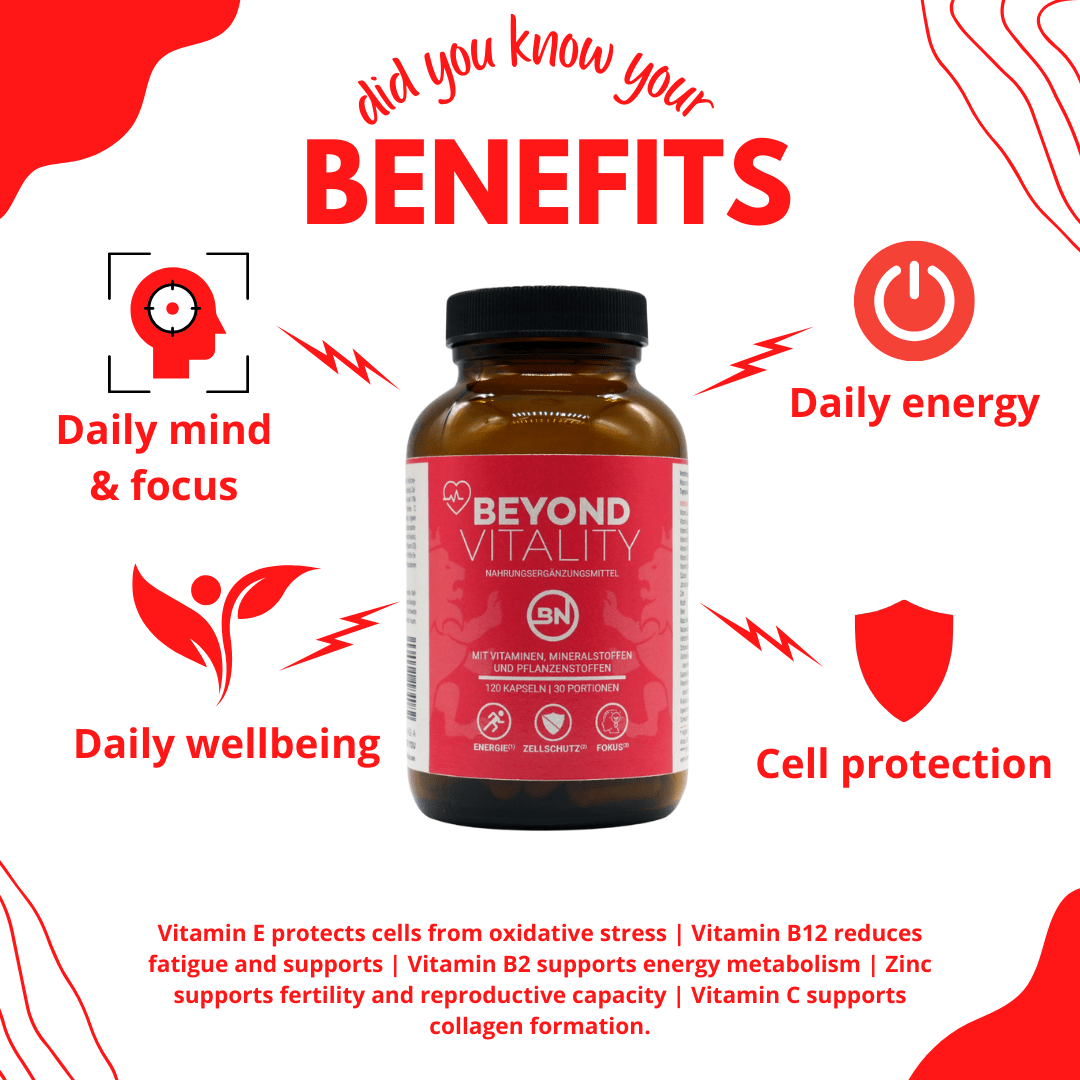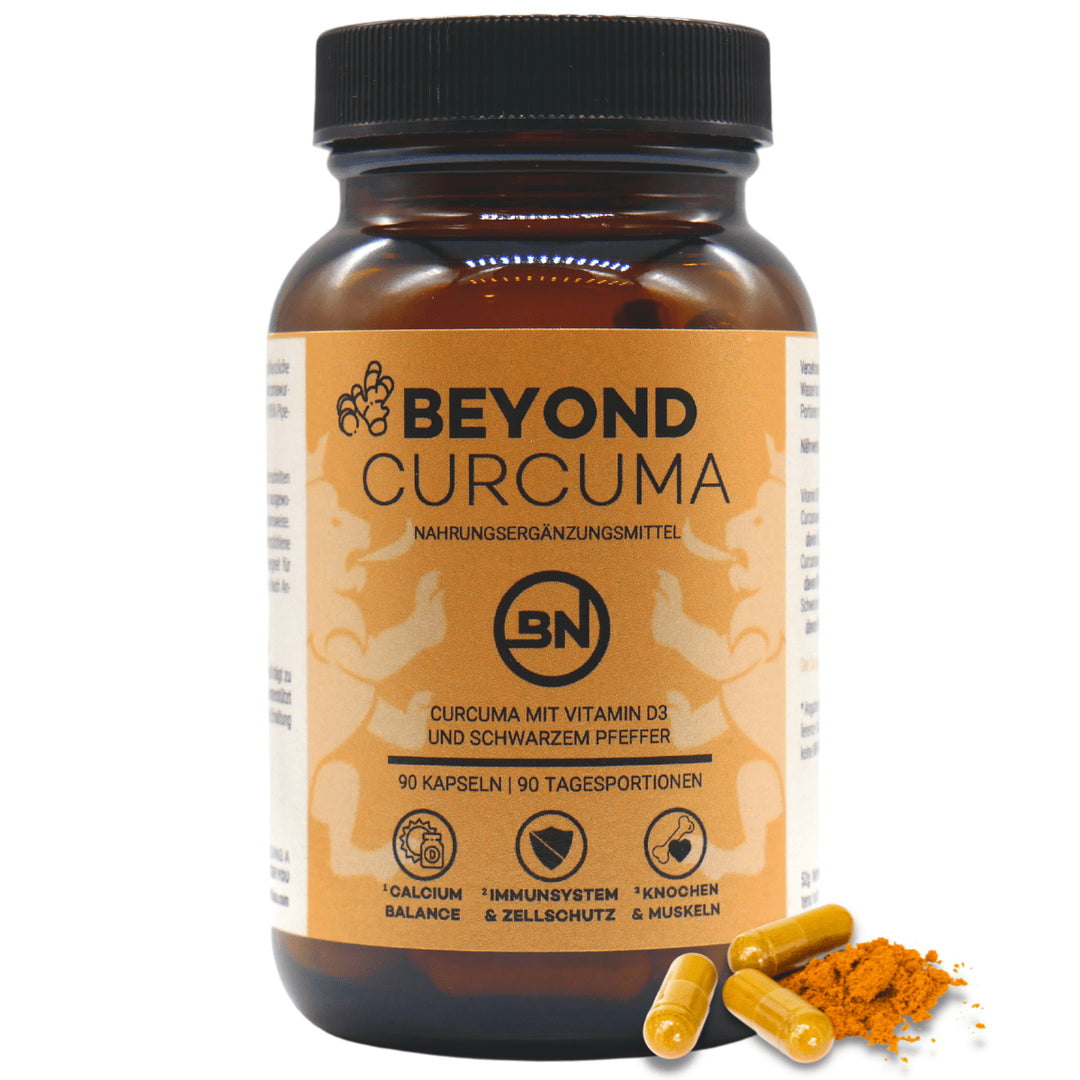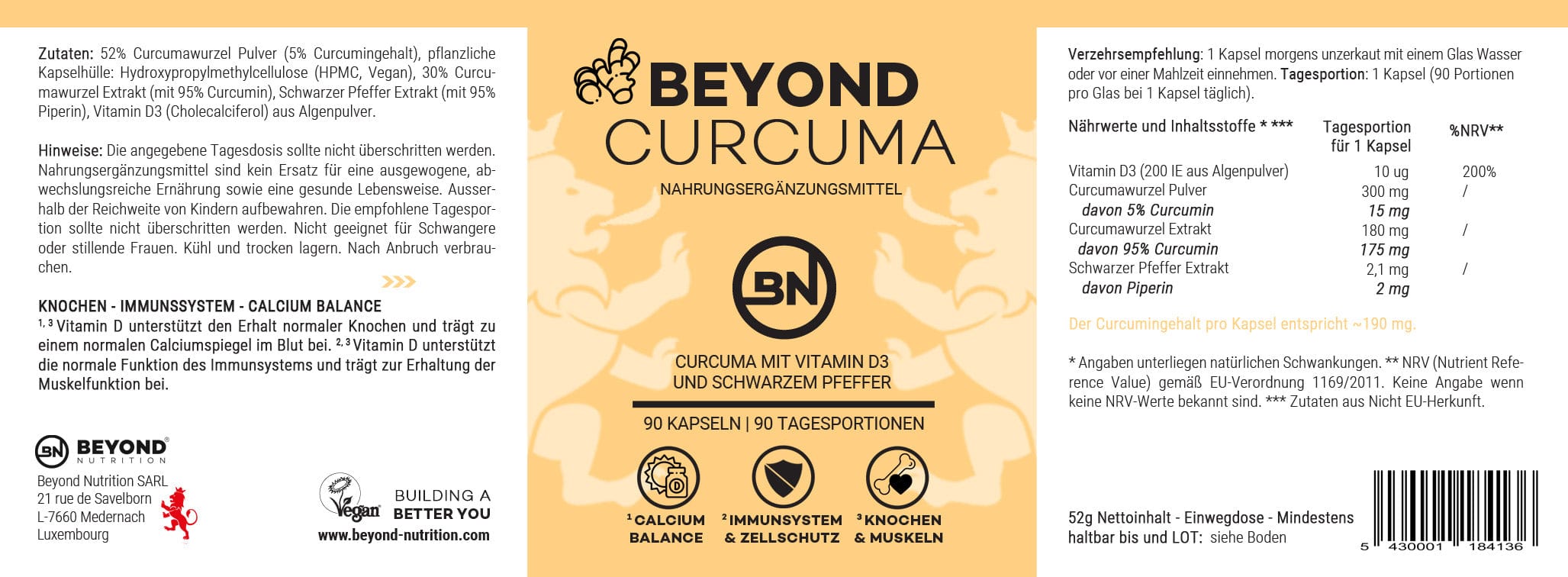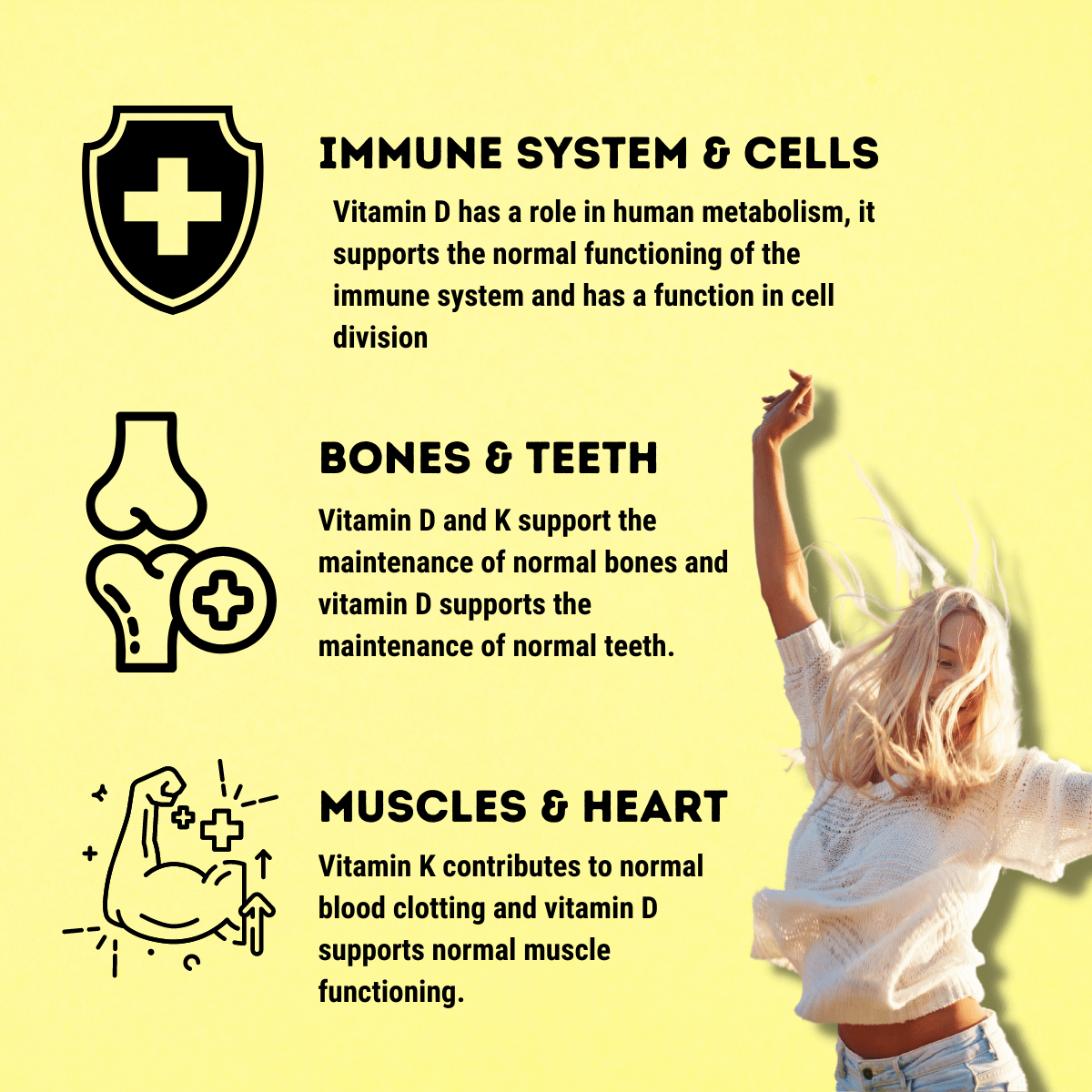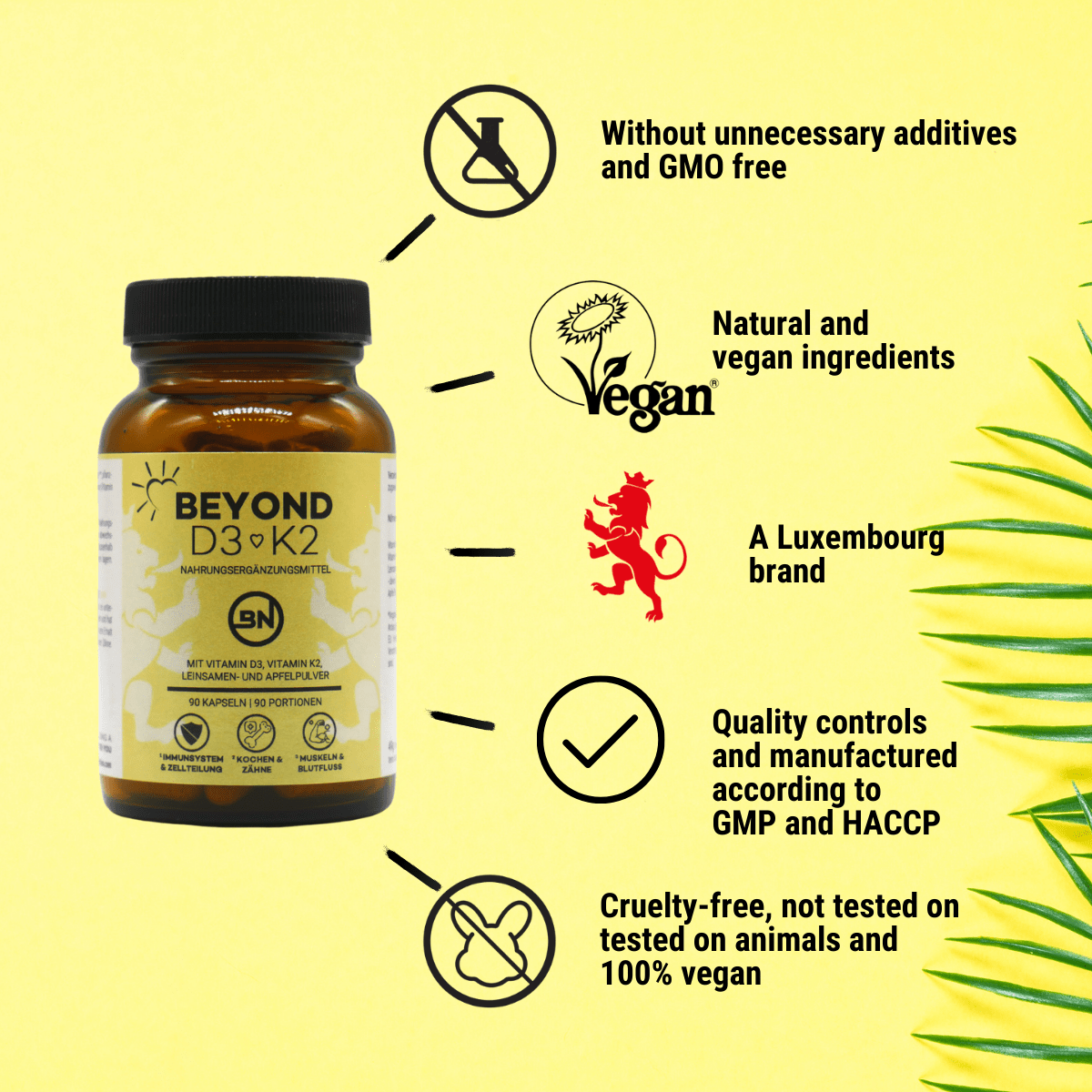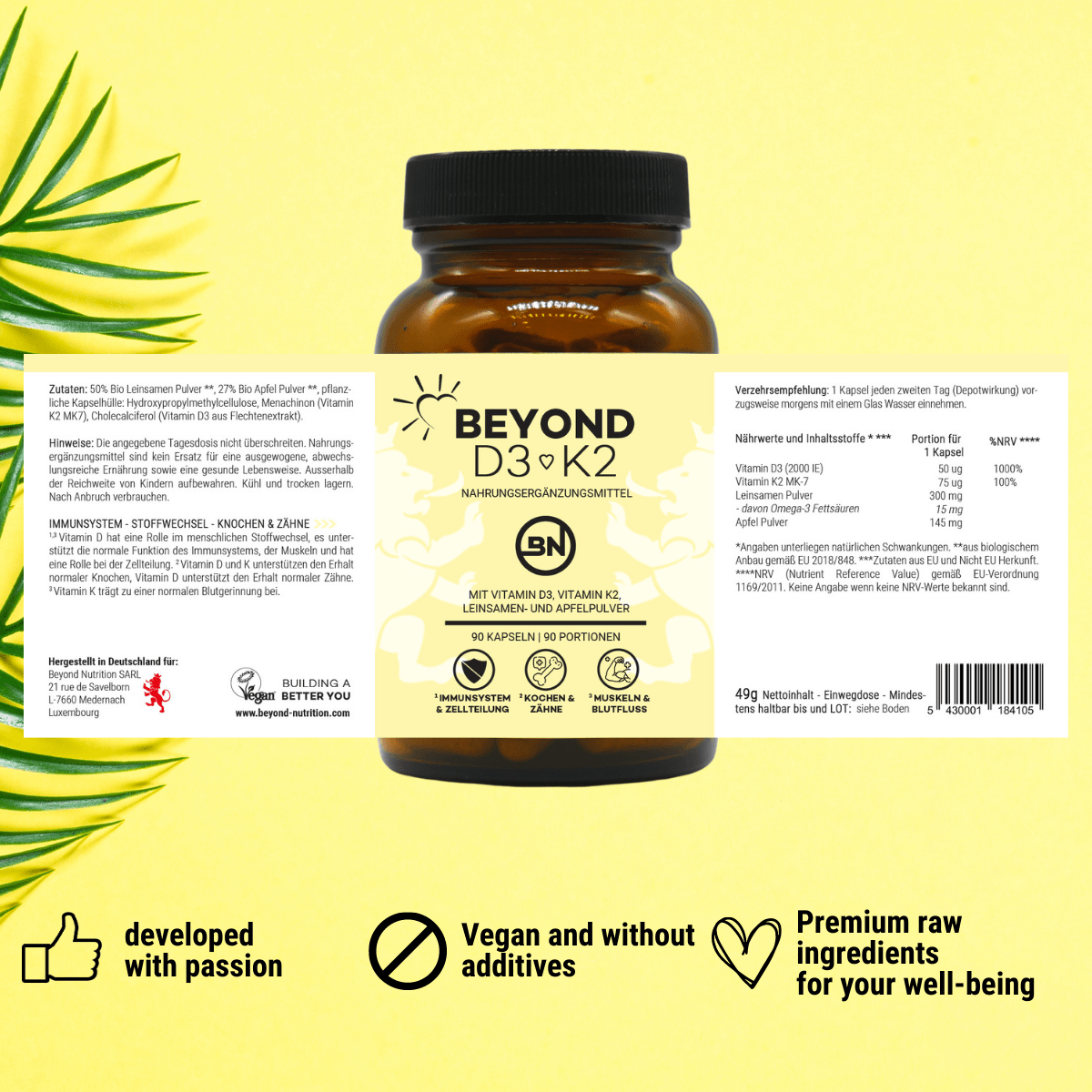Amino acids and proteins: overview and benefits of the building blocks of life

Without the amino acids we are not viable. They fulfill numerous tasks and are essential for our metabolism. A healthy diet is the be-all and end-all for a balanced supply of amino acids.
What are amino acids? An introduction to the building blocks of life
Amino acids are chemical compounds that are vital for humans and animals: They are the smallest building blocks of proteins (also called proteins) and are indispensable for all metabolic processes. The proteins are the building blocks from which all cells in the body, the hormones and the enzymes are produced.
All proteins are made up of amino acids chained together
The formation of cells, hormones and enzymes takes place as a biochemical process in which the proteins are generated step by step using the individual gene information. Even our DNA, i.e. our blueprint, consists of amino acids chained together. But not all proteins are the same - they differ depending on their tasks and functions.
Only the chemical L-compound of the amino acid, such as L-glutamine or L-leucine, has a biological effect.
Our dietary proteins are broken down into other proteins and back into the individual amino acids during digestion. They are transported via the bloodstream to their respective destinations in the organism. Unlike the other macronutrients like carbohydrates and fat, proteins are not primary sources of energy. As mentioned, their main task is to build new cells. They form the tissue for the organs, for the muscles, for the hair and the skin. Because proteins contain nitrogen (N), it is a by-product of protein conversion, which is collected and excreted by the kidneys. For this reason, the general advice that people with kidney problems should avoid a protein-rich diet also applies.
Amino acids serve as the basis for important hormone formation and as precursors of enzymes and neurotransmitters, to name just a few of the numerous metabolic processes in which amino acids are involved. A distinction is made between twenty protein-forming amino acids. They are of central importance because the organism can use them to produce the very impressive number of around 50,000 different proteins.
For the individual amino acids are No intake recommendation from the European Food Safety Authority (EFSA).
From this so-called amino acid pool, eight acids are essential. The organism cannot produce essential amino acids itself. They must always be supplied through the appropriate diet and, if necessary, through high-quality food supplements. The body breaks down the remaining ones from the food - however, there are also so-called semi-essential amino acids, which only e.g. B. can be produced after infancy itself or can only be produced with the help of other amino acids. These include above all cysteine and Tyrosine.
How many amino acids (protein) does the body need?
With a balanced and varied diet, the need for daily protein (or amino acids) is secured. Should there nevertheless be rare deficiencies in the amino acid pool, this impairs the functions of the structure of the proteins, and in the long run there are negative consequences for the body and for health.
~50g protein daily is sufficient [2]
These include, for example, susceptibility to infections and a general drop in performance as well as deficits in muscle development and joint problems. Fortunately, the body does not need a lot of protein on a daily basis. According to current knowledge, 50g a day is enough for an average adult to maintain vital metabolic functions.

The essential amino acids also called EAA's
The example of the eight essential amino acids [3] shows particularly clearly that a healthy, varied diet not only fights hunger, but is also decisive for the entire mental and physical condition: How we eat is decisive for how we are cared for. The targeted supply of essential amino acids is particularly noteworthy because they can only be supplied with food.
Isoleucin:
Isoleucine is used to form other amino acids and is a so-called proteinogenic amino acid. Isoleucine is thus a primary building block for structural and functional proteins in the body and provides a basic structure for the synthesis of glucose or fatty acids and ketone bodies. In addition, it contributes to building and maintaining muscles. Peanuts, cashews, peas, lentils, chicken, beef and shrimp, and cheese are good sources of isoleucine.
Answer:
Valine is used to form other amino acids and is a so-called proteinogenic amino acid. She acts on the regulation of blood sugar and provides a framework for the synthesis of glucose. It also serves as an energy supplier for the muscles. Valine suppliers are oatmeal, spelled flour, yeast, tuna, cheese, eggs and chicken.
Leucine:
Leucine is used to form other amino acids and is a so-called proteinogenic amino acid. It helps to maintain and build new muscles provides a backbone for the synthesis of fatty acids and ketone bodies. Leucine levels are particularly high in peanuts, soybeans, almonds, peas, chicken, cheese, and tuna.
Methionine:
Methionine is the starting substance for the formation of non-essential amino acids and forms an important source of sulfur for humans. It is also directly involved in the construction of the functional proteins. It is particularly found in fish and seafood, Brazil nuts, bran, Edam cheese and contained in eggs.
Tryptophan:
Tryptophan is used to form other amino acids and is a so-called proteinogenic amino acid. She forms the preliminary stage the hormones melatonin ("sleep hormone") and serotonin ("happiness hormone"). It is also required for the synthesis of the vitamin niacin. It also regulates the healthy functions of the liver. It is contained in tomatoes, carrots, spinach and bananas.
Lysine:
Lysine is used to form other amino acids and is a so-called proteinogenic amino acid. In addition to methionine, it is a starting substance for the synthesis of L-carnitine and as a hydroxylysine component of collagen. This supports the maintenance of healthy connective tissue and muscles. Celery, oranges, sardines, Gouda cheese, ham and beans are particularly good sources of lysine.
Phenylalanin:
Phenylalanine is used to form other amino acids and is a so-called proteinogenic amino acid. It is the starting substance for the formation of non-essential amino acids and provides a basic structure for the synthesis of glucose and fatty acids. Soy, pork, eggs, salmon, pumpkin seeds, and cow's milk contain large amounts of phenylalanine.
Threonin:
Threonine is used to form other amino acids and is a so-called proteinogenic amino acid. She can be converted to glycine. In addition, threonine Starting substance for the formation of non-essential amino acids and provides a basic structure for the synthesis of glucose and fatty acids. Threonine suppliers are spinach leaves, carrots and papaya.
Arginine and tyrosine are semi-essential
In addition to cysteine and histidine, arginine and tyrosine cannot initially be provided by the body itself in infancy. Arginine has a guanidino group in the side chain. It is one of the basic amino acids and, with 4 N atoms, is the most nitrogen-rich amino acid.
The positive effect on physical performance of an additional intake of arginine in weight training could not be clearly proven in any studies. [5]
Later, these can be formed from other amino acids. Beyond old age, further growth phases, illnesses or physical activities can ensure that semi-essential amino acids become essential for the body. While important thyroid hormones such as T3 and T4 are formed from tyrosine, L-arginine is involved in the maintenance and formation of new functional proteins. [1] L-arginine also contributes to maintaining a normal elimination rate of ammonia.
Glutamine and its special position among the amino acids
Glutamine can be produced by the human body itself from the amino acid glutamate (glutamic acid). It is therefore one of the semi-essential amino acids. Glutamine plays an important role in the immune system, so it serves as a an energy substrate for the cells of the immune system and is Part of the body's antioxidant glutathione. Glutamine is also an important precursor for the neurotransmitter GABA (gamma-aminobutyric acid). Spelled flour, tuna, oatmeal, lentils and soybeans are rich in glutamine.
BCAA's for athletes
The essential, branched-chain amino acids leucine, isoleucine and valine are particularly important. They are also called BCAA branched chain amino acids) designated. 35% of BCAA's are found in the skeletal muscles and support overall physical fitness as well as general performance and the ability to regenerate the entire organism. BCAA's are therefore particularly popular among athletes, but studies have NOT been able to confirm the positive effect of BCAA's, which are often supplied via sports foods. [4]
The great importance of amino acids for health
Sufficient strength and endurance are important in life - and this applies to all physical and mental requirements. Both properties are maintained through a balanced supply of all amino acids. Cells, our DNA, enzymes and hormones form an important basis for our health and life itself and are not possible without the supply of amino acids. It is not for nothing that amino acids are called the building blocks of life.
Our conclusion on the basics of amino acids
Amino acids are clearly the building blocks of life that all living things are made of. They form the building blocks of DNA, cells, hormones and enzymes. If the body lacks amino acids, vital substances formed from them, such as hormones and cells, can no longer be sufficiently generated. Fortunately, we only need a small amount to maintain all bodily functions.
Sources
[1] Scientific Opinion on the substantiation of health claims related to L arginine
https://www.efsa.europa.eu/de/efsajournal/pub/2051
[2] Scientific Opinion on Dietary Reference Values for protein
https://www.efsa.europa.eu/en/efsajournal/pub/2557
[3] Semi-essential amino acids
https://www.eucell.de/ernaehrung/ernaehrungslexikon/aminosaeuren/semi-essentielle-aminosaeuren.html
[4] Scientific Opinion on the substantiation of health claims related to branched-chain amino acids (BCAA)
https://www.efsa.europa.eu/en/efsajournal/pub/1790
[5] Scientific Opinion on the substantiation of health claims related to L arginine
https://www.efsa.europa.eu/en/efsajournal/pub/2051
[6] BSA Academy - fitness trainer B license study documents
[7] IST - Sports nutrition B license study documents




